
Wastewater
The Division of Water Quality regulates wastewater discharges though the implementation of the New Jersey Pollutant Discharge Elimination System (NJPDES) permitting program. Wastewater comes from domestic sources including discharges from sinks, dishwashers, bathtubs, toilets and washing machines. Wastewater is also generated by commercial and industrial users from cleaning, processing, manufacturing, and/or runoff of stormwater from areas of industrial activity. The NJPDES permitting program protects New Jersey’s ground water and surface water quality by assuring the proper treatment and discharge of wastewater (and its residuals) from various types of facilities and activities to waters of the State.

Surface Water
Facilities that discharge pollutants to surface waters of the State require a NJPDES – Discharge to Surface Water (DSW) permit. The goal of the NJPDES-DSW permitting program is to restore, enhance and maintain the surface water quality of New Jersey.
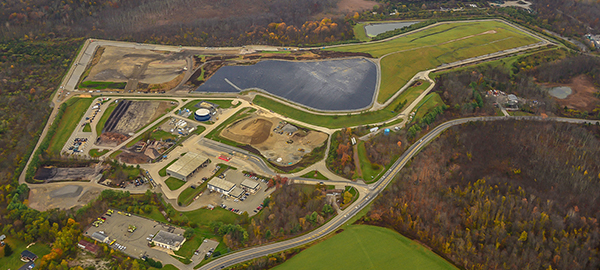
Ground Water
Facilities that discharge pollutants to ground waters of the State require a NJPDES – Discharge to Ground Water (DGW) permit. The goal of the NJPDES-DGW permitting program is to restore, enhance and maintain the ground water quality of New Jersey.
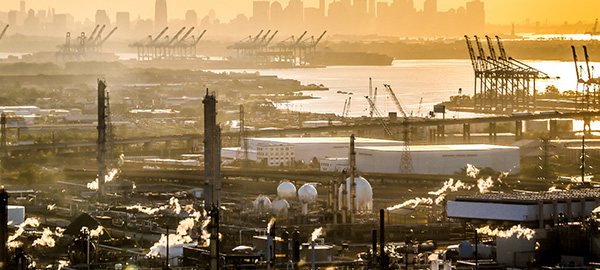
Pretreatment Program
Facilities that discharge non-domestic wastewater to a publicly owned treatment works (POTW) may require a NJPDES Significant Indirect User (SIU) permit or a permit from a Delegated Local Agency (DLA). The goal of the NJPDES Pretreatment permitting program is to prevent pollutants from passing through treatment plants, interfering with treatment processes, and contaminating sewage sludge.
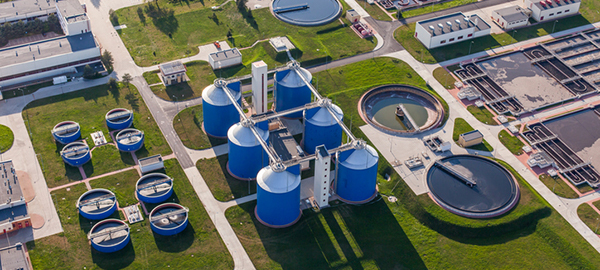
Construction and Treatment Works
Construction and operation of industrial and domestic wastewater collection, conveyance, and treatment facilities require Treatment Works Approval (TWA) permits. The goal of the TWA permitting program is to prevent degradation of the waters of the State by ensuring wastewater infrastructure is well-designed and constructed.
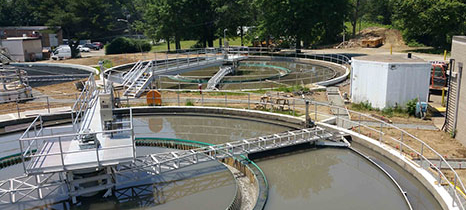
Residuals, Sewage Sludge, and Biosolids
Facilities that generate or accept residuals for the purpose of transportation, storage, transfer, processing, and/or management are regulated through the Residuals program. This Program tracks both quality and quantity information of the residuals generated for management.

PFAS
Per- and polyfluoroalkyl substances, or PFAS, are a large family of thousands of manmade chemicals that have been used in industrial and commercial applications for over 70 years. The DWQ has taken steps to address PFAS in wastewater and its residuals. This includes the identification of PFAS at the source to reduce or eliminate PFAS in wastewater discharges.
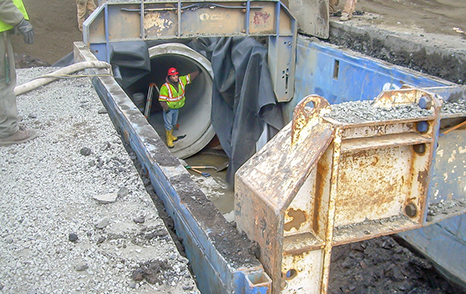
Combined Sewer Overflows
Combined sewer systems are shared underground pipe networks that direct both wastewater and stormwater to a Sewage Treatment Plant (STP). Under normal conditions, all the wastewater and stormwater are transported to a STP for treatment. During rainfall events or snowmelt, the additional volume of water can overwhelm the capacity of the pipe network and cause a Combined Sewer Overflow (CSO) outfall to discharge to the surface water.

Septic Systems
A septic tank is a buried, watertight tank designated and constructed to receive and partially treat raw domestic sanitary wastewater. The solids stay in the tank while the wastewater is discharged to the disposal field for further treatment and dispersal. The Onsite Wastewater Management Program maintains the regulations governing low volume residential and commercial onsite wastewater treatment systems.
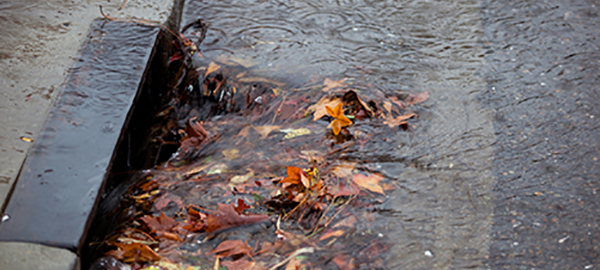
Stormwater
Stormwater discharges are generated by runoff from land and impervious areas such as paved streets, parking lots, and building rooftops during rainfall and snow events that often contain pollutants in quantities that could adversely affect water quality. Stormwater discharges are from point and non-point sources and require coverage under the New Jersey Discharge Elimination System (NJPDES) permitting program.